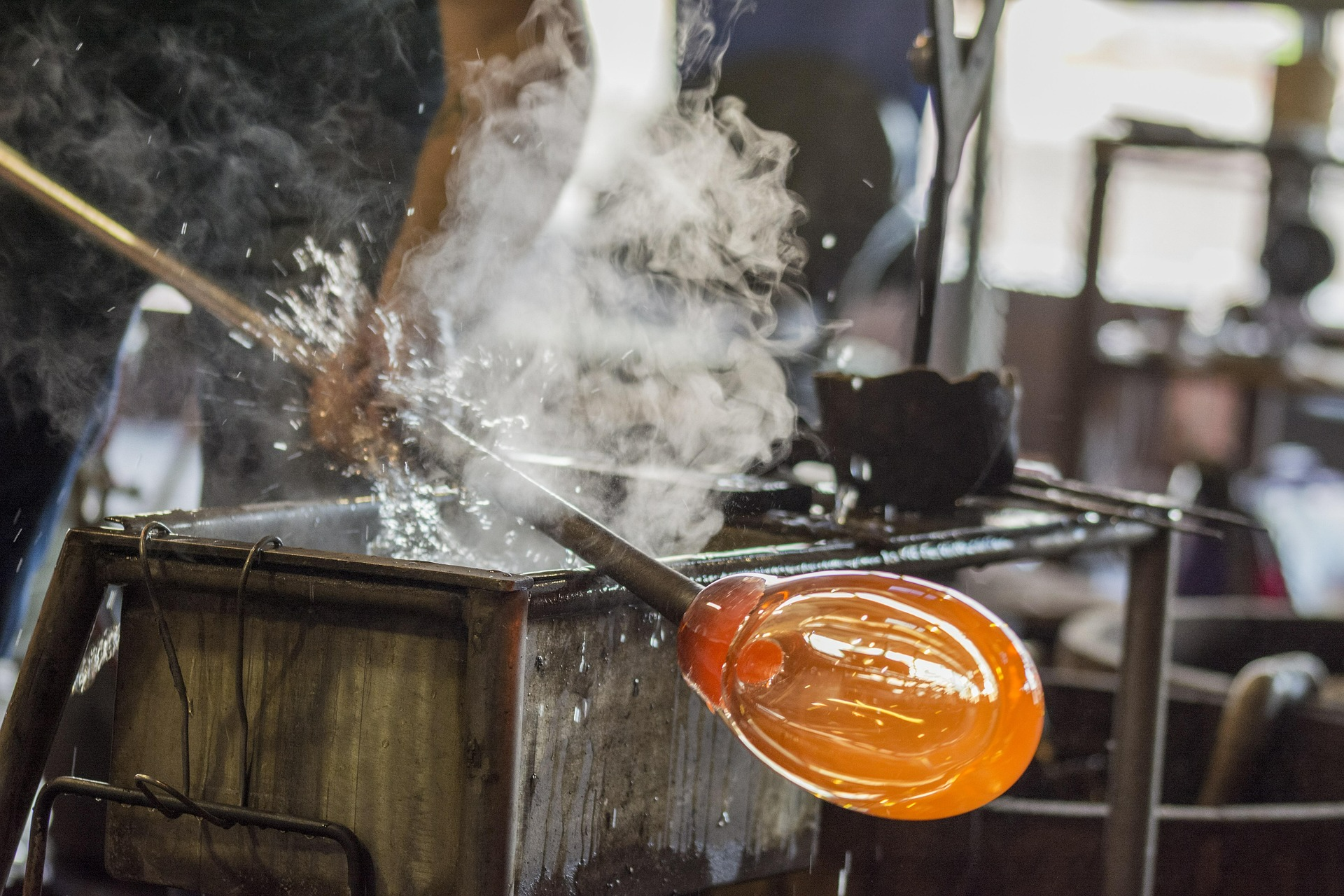Back to experience
workshops
Murano Glass Demo Guide - What to Look For and Common Pitfalls
How to select a Murano glass workshop visit: what a real demo includes, class sizes, commentary quality, and red flags to avoid.
11/2/2025
11 min read

The best demos are less show, more craft. Here’s what to look for.
Signs of a quality demo
- A working glory hole and furnace rhythm (constant reheats).
- Clear commentary on steps and tools (marver, jacks, tweezers, shears).
- Teamwork: maestro + assistant(s), with synchronized passes and timing.
- Real finishing — not just pulling a small horse for photos.
Class size and sightlines
- 8–15 people is ideal. You should stand or sit where heat and sound are safe but details are visible.
- If the demo includes a hands‑on segment, it should be controlled and supervised.
The retail moment (and how to handle it)
- Many demos end in a showroom. That’s fine — but you shouldn’t be pressured.
- If you plan to buy, take photos of labels and ask about hallmarks, origin tags, and return policies.
Safety and etiquette
- Follow distancing instructions; furnaces and punty rods are not props.
- Ask permission before video; some workshops limit filming.
The best souvenir is understanding. Even if you don’t buy, you’ll leave seeing glass differently.
About the Author

Murano Glass Insider
I put this guide together to make your Murano & Burano day simple, insightful, and full of local tips.
Tags
Murano
Glass
Demo
Workshop
Factory
Comments (0)
Leave a Comment
Loading comments...